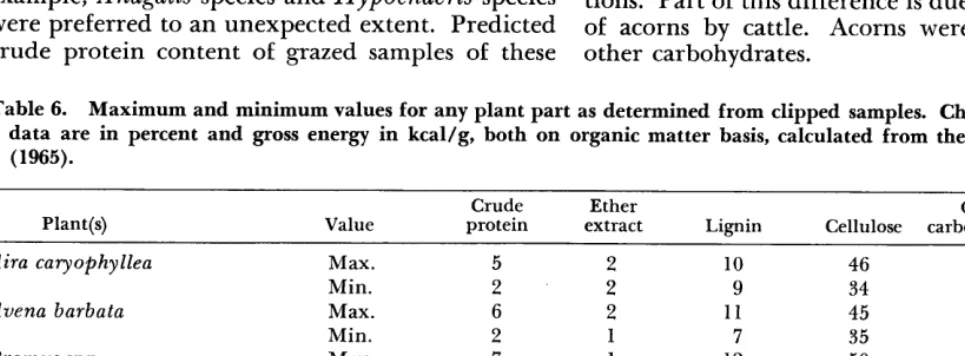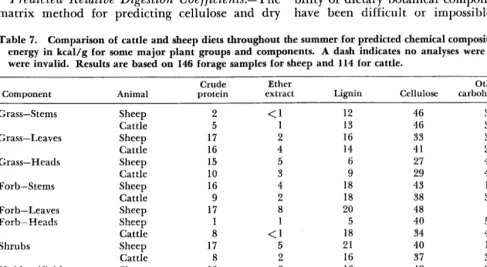Prediction by Nonlinear Programming of Relative Chemical Composition of Dietary Botanical Components.
Full text
Figure
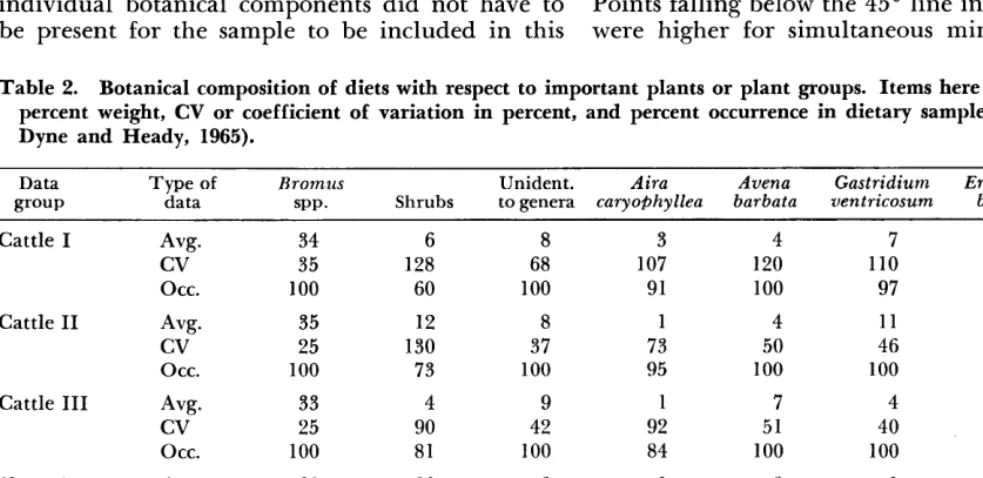
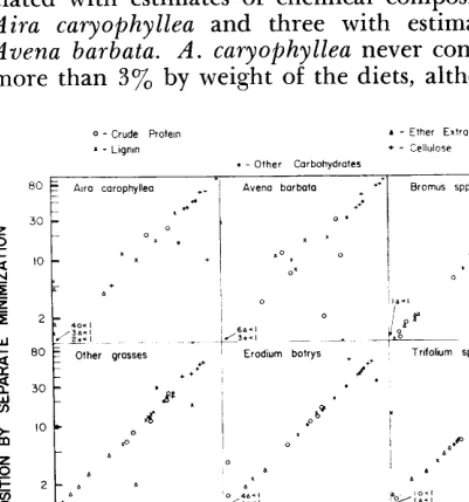
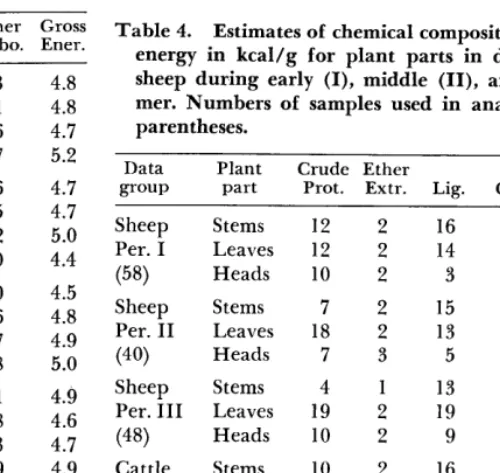
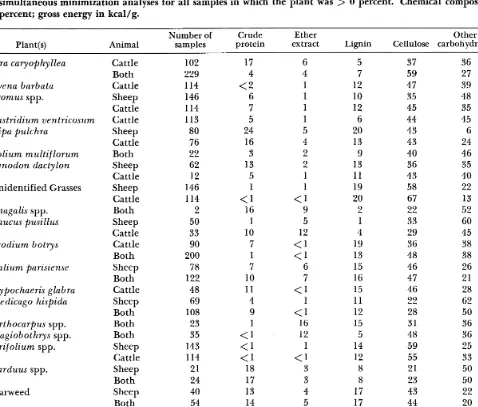
Related documents
We observed that localized amyloid-like deposition was in the peritoneal membrane which is showing greenish reflection in the polarized filter with Congo red staining and
The selection of functional monomers for synthesis of Molecular Imprinting Polymers (MIPs) dimethylamylamine (DMAA) compound had been conducted by non-covalent
The gelatins from European perch and Volga pikeperch skins had relatively high gel strengths, melting points, water-holding and fat-binding capacities as compared
Thus, the purposes of present study were 1) to analyze the possibility of identifying the heart rate variability threshold (HRVT) by considering the responses of para-
In addition, overexpression of cyclin G2 in glioma cells suppressed cell proliferation, colony formation, migration and invasion, arrested cell cycle progression at the G1/S
Information communication systems are contextually similar to the informing science framework. In a real life environment they can be operationalized into three main
A presumably value-neutral statement such as "the Technology Acceptance Model (TAM) offers a good description of ICT user behaviour" is not really value-neutral. It
[10](also see [35]) introduced a new concept of c -distance in cone metric spaces which is a cone version of w -distance of Kada et. proved some coincidence point theorems on
